In our work with educators, we hear it’s become increasingly difficult to engage students in discussions. In a recent conversation, teachers told us that it might be helpful if there were more video dilemmas available on our website to help spark these conversations. Just in time for 2022, we now have two new video dilemmas [link here] available!
For those working with The Good Project Lesson Plans [link here], these new dilemmas are drawn from Lesson 1.2, which asks students to use a “See, Think, and Wonder” routine to learn how to differentiate and understand the relationship between “good work” and just “work.”
The first dilemma, “The Meaning of Grades [link here],” explores a Professor of Engineering’s relationship with grade inflation and its impact on his students’ future prospects. The second dilemma, “When in Doubt… Make it Excellent [link here],” tells the story of a high school student who turns around his school’s journalism club’s culture of making things up.
Take some time to review the dilemmas and try engaging in the See-Think-Wonder routine on your own.
What do you see in these narratives? What do you notice? How do you see these narratives relating to the 3 Es?
What do these narratives make you think about? Do they relate at all to your own life?
What do these narratives make you wonder? Do you have unanswered questions?









